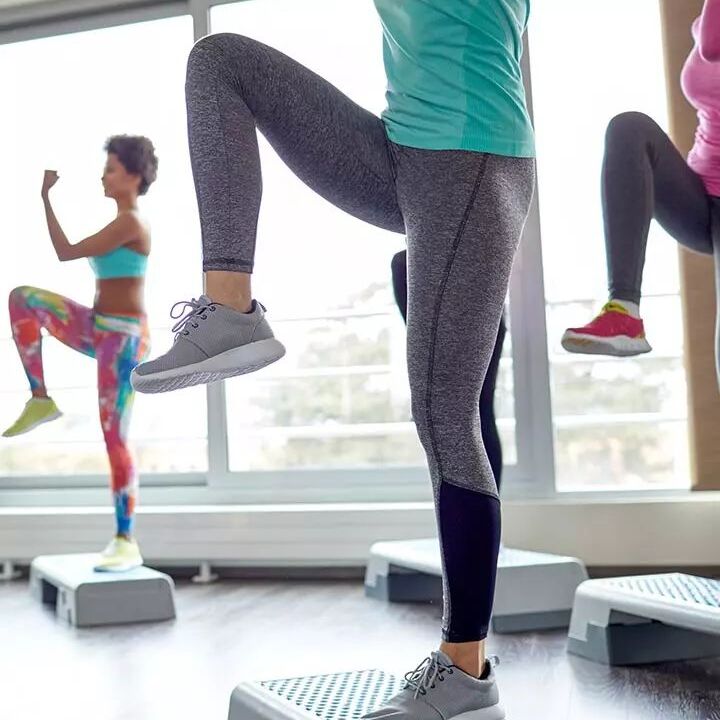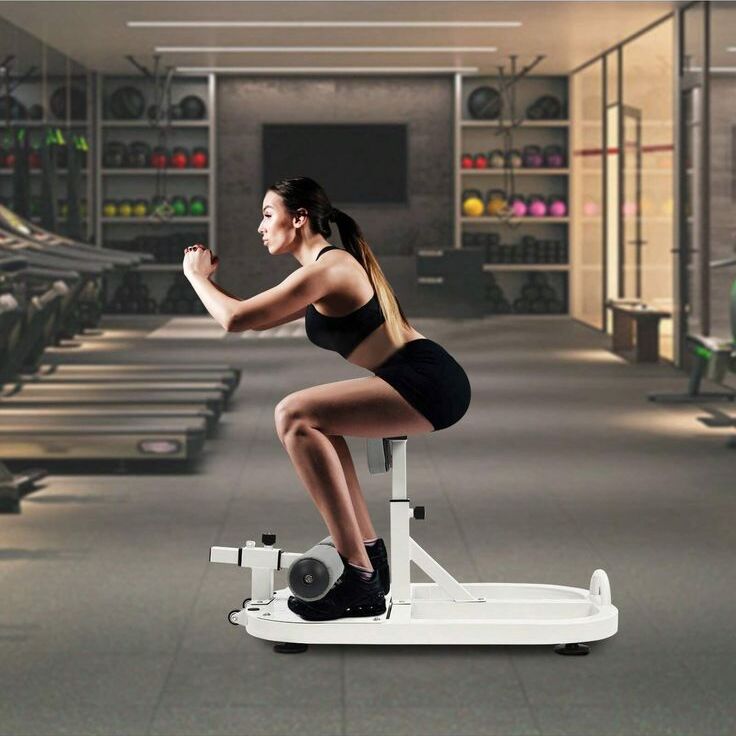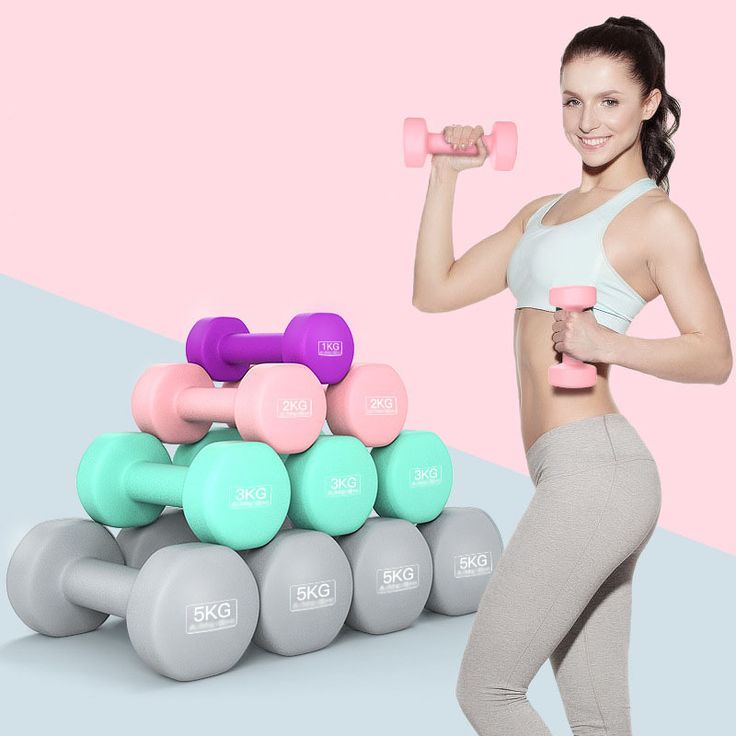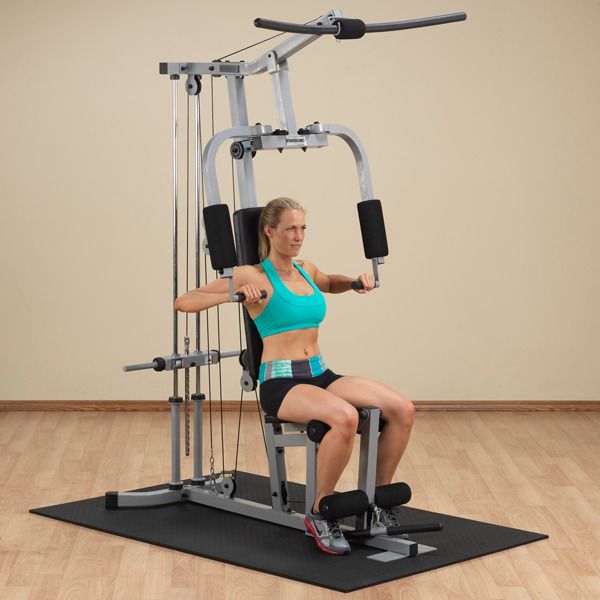Introduction to Home-Based Aerobic Workouts
In the comfort of home, you can jumpstart your heart health with simple aerobic exercise at home. These exercises require no fancy equipment, yet offer significant benefits for cardiovascular fitness. From moderate walking to energetic dance moves, home workouts can be as varied as they are effective.
Whether you’re a fitness newbie or a seasoned athlete, these routines are adjustable to fit your level. We’ll explore workouts for every skill set – from low-impact, beginner-friendly exercises to high-intensity moves for those seeking a challenge. The key is consistency and enjoyment, ensuring that aerobic exercise at home is both sustainable and fun.
Home-based aerobic workouts are not only convenient but also a powerful way to improve your overall health. They can lead to better heart function, increased stamina, and a happier mood. As we delve further into this guide, you’ll discover the numerous benefits of aerobic exercise at home and how to integrate them seamlessly into your daily life for a stronger heart and a healthier you.
Embarking on a home cardio journey doesn’t mean you’re alone; it’s a step towards joining a community that values health and wellness, all from the comfort of your personal space. Let’s get started by figuring out how to effectively turn your home into a space for aerobic success.
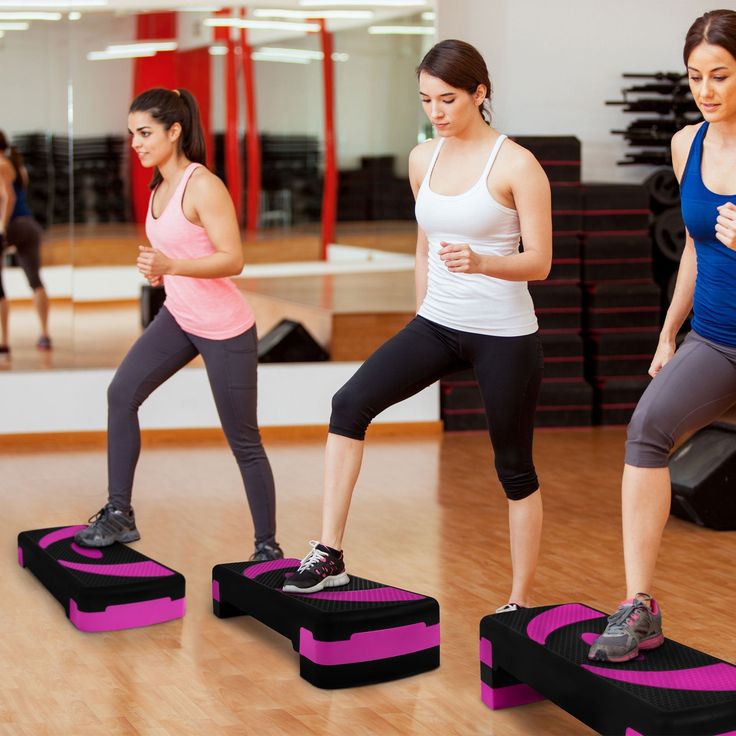
Benefits of Aerobic Exercise for Heart Health
Aerobic exercise at home boosts heart health in numerous ways. It makes your heart stronger, enabling it to pump blood more efficiently. Regular aerobic activity can help lower high blood pressure and improve cholesterol levels. This type of exercise helps regulate blood sugar and aids in weight management, both of which are vital for heart health.
Aerobic exercise also promotes better sleep and can elevate your mood. When you feel good, you’re more likely to stick with a healthy lifestyle, including regular exercise. Additionally, by doing aerobic exercises, you’ll boost your stamina and endurance, which benefits daily life activities.
Here are some simple aerobic exercise at home that you can do at home to help your heart:
- Brisk walking around your home or up and down the stairs.
- Dancing to your favorite music for a fun cardio workout.
- Jumping jacks to get your heart rate up quickly.
- Jogging in place if you have limited space.
- Skipping rope for a high-intensity workout that strengthens your heart.
These exercises require no equipment, just your commitment and some effort. If you’re consistent with your workouts, you’ll notice improvements in your heart health and general wellbeing. Always remember to consult with a healthcare professional before starting any new exercise program. This is particularly important if you have any existing health concerns or conditions.
Starting Simple: Low-Impact Aerobic Exercises
Low-impact aerobic exercises are ideal for beginners or those recovering from injury. These exercises help improve heart health without causing too much strain. Here are some easy low-impact workouts to get you moving.
- March in place: A steady march can get the heart pumping. Swing your arms to boost intensity.
- Leg lifts: Stand and lift each leg slowly, then lower it back down. This works your legs and core.
- Arm circles: Extend your arms and draw small to large circles in the air. This enhances upper body strength.
- Step-ups: Find a low step or platform. Step up with one foot, then the other, and step down.
- Water aerobics: If you have a pool, try water exercises for resistance without joint pressure.
You can do these exercises in short bursts or longer sessions, depending on your fitness. Aim for consistency rather than intensity when starting. Always warm up before and cool down after your workouts. Keep your movements controlled and your posture correct. Drink water throughout and never push beyond your comfort zone. Remember to check with a healthcare pro before you start a new workout routine, especially if you have health concerns.
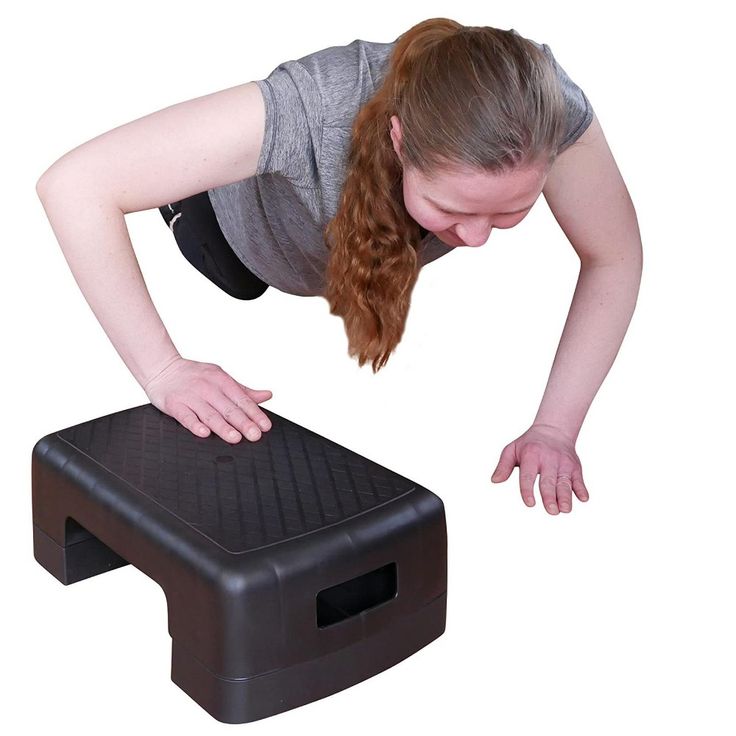
Intermediate Moves: Elevating Your Heart Rate
As you become more comfortable with low-impact aerobic exercise at home, it’s time to increase the intensity. Intermediate aerobic exercises are perfect for boosting your heart health. These workouts elevate your heart rate, improve blood circulation, and build endurance. Here are some effective exercises to include in your routine:
- Jogging in place: A simple way to raise your heart rate. Lift your knees high and pump your arms.
- Squat to punches: Combine squats with alternate punches for a full-body workout.
- Butt kicks: Jog in place, kicking your heels up to touch your buttocks to engage your hamstrings.
- Side shuffles: Swiftly move from side to side to work on agility and cardiovascular health.
- High knees: As you jog in place, lift your knees as high as your hips for an extra challenge.
Start with short intervals, like 30 seconds for each exercise, and gradually increase as you build stamina. Not only are these exercise beneficial for your heart, but they also mix up your routine, keeping you motivated. Be sure to maintain proper form to prevent injury and get the most from your workout.
Discomfort is normal when you challenge your body, but don’t ignore pain. Consult professionals if you face any issues. And remember, the right footwear can make a big difference in your home workouts. Stick with it, and your heart health will thank you!
High-Intensity Cardio: Pushing Your Limits Safely
High-intensity cardio raises your fitness game. It’s about pushing safely and with control. Get ready to sweat, challenge yourself, and achieve remarkable heart health gains. But don’t forget, safety comes first.
Before you start, always warm up. A warm-up prepares your body and reduces injury risk. Begin with light jogging or dynamic stretches. Ease your body into the workout ahead.
Next, try high-energy exercises. High-knees, burpees, and jump squats are good options. They make your heart work harder and boost endurance. Aim for short bursts of intense activity. Follow these with brief rest periods. This approach is known as high-intensity interval training (HIIT).
Monitor your effort. If you can’t talk during the exercise, ease up a bit. You should be able to speak in short sentences. This ensures you’re not overdoing it.
Listen to your body’s signals. If something hurts, stop immediately. Pain can mean injury. Don’t ignore it. Always wear proper workout gear. The right shoes provide support and prevent falls.
Consistency is key for progress. But take days off when needed. Your body needs to recover. Overworking leads to burnout and injury.
Finally, cool down after your high-intensity workout. Stretching helps your heart rate return to normal. It reduces muscle soreness and improves flexibility.
With dedication and the right approach, high-intensity cardio can be a safe, effective way to elevate your heart health at home.
Creating a Balanced Home Cardio Routine
Designing a balanced home cardio routine can maximize heart health benefits. Start by outlining your fitness level and goals. Plan workouts that include a mix of low-impact, intermediate, and high-intensity exercises. This variety ensures all facets of cardiovascular health are targeted.
Week Layout for Balanced Cardio
Create a weekly plan to stay on track. Here’s an example:
- Monday: Start the week with low-impact exercises; marching in place or leg lifts.
- Tuesday: Introduce intermediate moves like jogging in place or side shuffles.
- Wednesday: Engage in active recovery, focus on stretching or yoga.
- Thursday: Step it up with intermediate workouts again, maybe add high knees.
- Friday: Push limits with high-intensity moves; burpees or jump squats.
- Saturday: Mix it up. Do dance cardio or an aerobic video class.
- Sunday: Rest or do gentle stretching to prepare for next week.
Time Management for Workouts
For effective home cardio, manage your time well. Allot specific times for workouts and stick to them. Short workouts can still be effective. Even 15 to 20 minutes daily can offer benefits. Consider interval training to save time and keep workouts intense.
Consistency and Progression
Consistency is key to any fitness routine’s success. Aim to be consistent with your chosen weekly plan. Progress gradually, increasing intensity or duration over weeks or months. This builds endurance without overwhelming the body.
Listening to Your Body
Always listen to what your body tells you. If you feel pain or extreme discomfort, take a break or lower the intensity. Balance with proper rest and nutrition for recovery. Monitoring your response after workouts is crucial for a balanced routine.
By following these steps, you can build a balanced, efficient, and enjoyable cardio routine at home. Regular exercise improves heart health and enhances overall quality of life.
Tips to Enhance Your Home Workout Experience
To make your home workouts more effective and enjoyable, consider the following tips:
- Set a Regular Schedule: Decide on specific times for your workouts and stick to them. Consistency helps form habits.
- Create a Workout Space: Dedicate an area of your home to exercise. A clear space can motivate you to move.
- Use Upbeat Music: Play your favorite high-energy tracks to keep you pumped throughout your session.
- Track Your Progress: Note your workouts and any improvements. Seeing progress can be encouraging.
- Vary Your Routine: Mix up your exercises to avoid boredom and engage different muscles.
- Get Family Involved: Invite family members to join in. It makes for fun bonding and shared health benefits.
- Stay Hydrated: Keep water nearby and sip often. Staying hydrated is key during exercise.
- Dress Appropriately: Wear comfortable, breathable clothing and proper shoes for support.
- Warm Up and Cool Down: Begin each session with a warm-up and end with a cool down to prevent injuries.
- Set Realistic Goals: Aim for achievable goals to maintain motivation without getting overwhelmed.
Following these tips can help you create a more productive and enjoyable workout experience right at home.
Conclusion: Embracing a Healthier Lifestyle with Home Cardio
As we wrap up our guide on boosting your heart health with home-based aerobic exercises, let’s recap the key takeaways. Home cardio workouts are a smart, efficient way to strengthen your heart. They don’t need equipment or much space and can fit any schedule.
Regular home workouts can lower blood pressure, improve sleep, and help manage weight. They’re a firm step toward a healthier lifestyle. Remember, variety in your workouts keeps them fresh and effective. So mix low-impact exercises with high-intensity moves.
Keep a few things in mind as you continue your fitness journey. Always check with a healthcare pro before starting new exercises. Drink water, wear the right gear, and listen to your body’s needs. Safety and consistency are your best friends when it comes to working out at home.
Sticking to a cardio routine at home can bring you immense benefits. It’s more than fitness; it’s about feeling good, living well, and enjoying a happier, healthier life. Aim for a balanced routine, stay injury-free, and keep pushing your limits safely. Here’s to your heart health!
